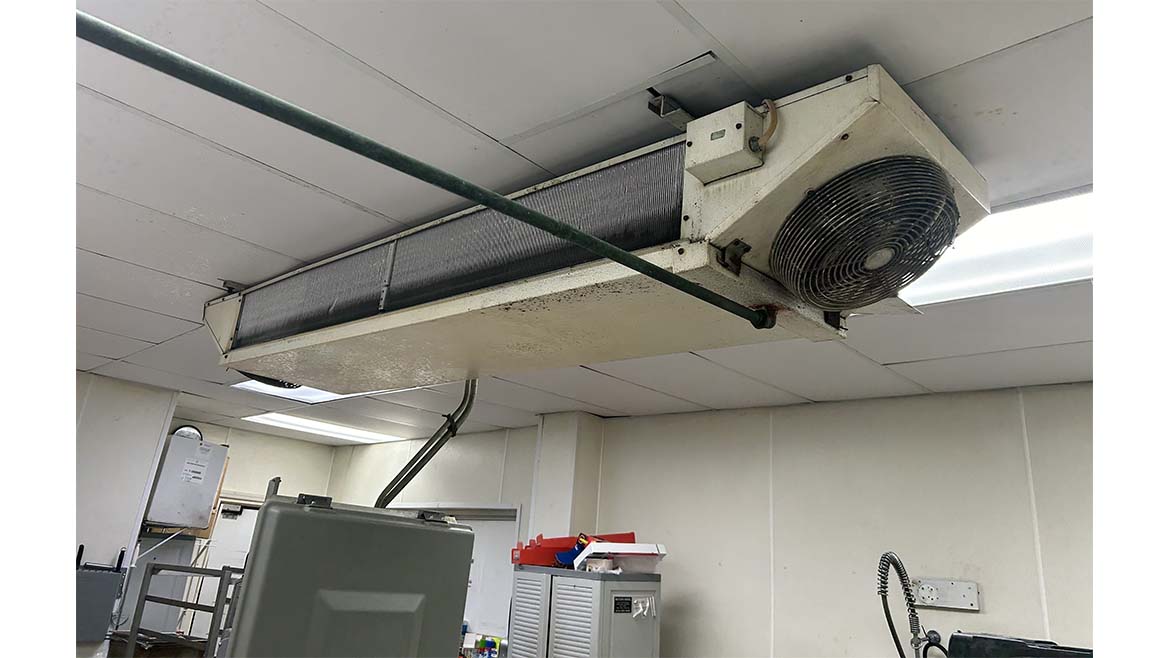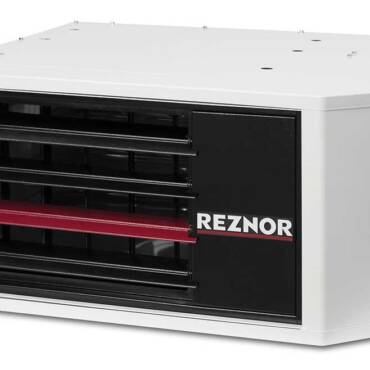Troubleshooting refrigeration systems can be a very tricky and frustrating job; however, sometimes our frustration is self-inflicted. While working on a system, we may assume that similar systems have the same design, when in fact, they do not. This can easily lead us to make an incorrect decision or diagnosis.
For example, I was recently repairing a meat prep cooler with a remote air-cooled condensing unit installed in an attic crawl space. The case was not maintaining the proper temperature, and on my initial inspection, I found that the condensing unit was not running. I noticed a liquid line solenoid was installed and assumed it was part of a pump down system to shut off the compressor on temperature. I checked the solenoid coil, and it was energized. I then checked the low-pressure switch, and it was electrically open. I assumed the system was either low on charge or the low-pressure switch was defective. I then attached my low-pressure gauge to the suction service port and read a pressure below the cut-in value of the pressure switch. So I incorrectly assumed the system was low on charge.
After about 30 minutes of searching for a leak and finding nothing, I noticed there was no temperature control installed at the evaporator, and one of the two evaporator fans was not running. I was puzzled that there was no temperature control but there was a liquid line solenoid. I stopped my leak search and discovered a previous technician had wired the liquid line solenoid to close only in defrost and used the low-pressure switch to control the case temperature. This was not a typical method, but equipment is definitely not always installed using standard industry practices, or the system may be modified over time. After turning the system back and doing a better job checking it, I discovered the defective evaporator fan motor was causing the system to prematurely cycle on the low-pressure switch.
These issues are not only caused by technicians — manufacturers also change the design and components used on their equipment. For example, for years reach-in coolers utilized a constant cut-in mechanical temperature control, but today, they use an electronic temperature control, which is a better method of controlling case temperature. However, not all manufacturers use the same type of electronic controller, and there are definitely differences between the controllers used today. Some use an air-sensing temperature sensor to monitor and control the case temperature and use a time-time defrost method. Others use two temperature sensors, one to monitor and control case temperature and the other to monitor the evaporator temperature, and use it to terminate defrost based on temperature. Some also control the evaporator fans and others do not. Some allow you to change the control parameters, and others restrict what can be changed or do not allow you to make any changes.
For these reasons, it is best not to assume one controller works the same as another. If you are working on the system for the first time, you may need to identify how your controller is designed to operate before troubleshooting the current failure.
So while troubleshooting a system for the first time, do not make any assumptions. Do a complete visual inspection of the entire system and determine how it is designed to operate before beginning the troubleshooting process. This extra time will lead to a less frustrating experience during the troubleshooting phase of the repair.
Whether you require installation, repair, or maintenance, our technicians will assist you with top-quality service at any time of the day or night. Take comfort in knowing your indoor air quality is the best it can be with MOE heating & cooling services Ontario's solution for heating, air conditioning, and ventilation that’s cooler than the rest.
Contact us to schedule a visit. Our qualified team of technicians, are always ready to help you and guide you for heating and cooling issues. Weather you want to replace an old furnace or install a brand new air conditioner, we are here to help you. Our main office is at Kitchener but we can service most of Ontario's cities
Source link




Add Comment